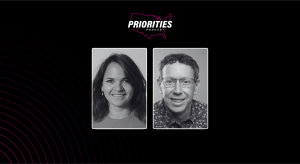What strategies are effective at helping governments achieve their goals?
What we’ve observed as patterns is that most of the time, when it comes to particularly natural disasters, those institutions are using things that they’ve already put in place. So most of the time, within the first 24 to 48 hours, they’re working within established national or state level resources or existing community organizations. It really tends to be in the rebuilding phase and recovery phase that they’ve mostly been reaching out to us, or at times in the preparation phase.
For example, in the rebuilding and recovery side, the types of things we’ve helped out with have been helping governments to actually activate volunteer networks and tools so that they can take in people that are willing to help and dispatch them to be helpful on whatever they need, or food-security projects, when people need immediate access to sustenance or support or benefits and they need to figure out the technology to drive that. Decision-making, actually, is another area that often people will reach out for in the days following a disaster to say, “We need to figure out what the state of things is, and therefore we need data support to help us do that.”




